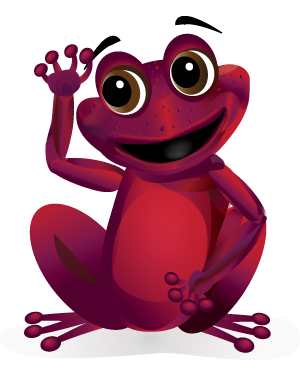 AD
AD
Today is: August 09
Scroll to explore events active on this date.
LEEP INK FEATURES

August? Absolutely!
In August, we live through the Dog Days of Summer. It's hot and often humid, and those who can leave for better climates do. Down south, winter is in full force. August is also known as "the ...

In The Heat of July: July 2025 Events
Is it hot enough (or cold enough if you're below the equator) for you yet? There is actually a day for that! Like every month, I pick a diverse collection of events you may or may not know about. This ...

May Blooms: Events in May 2025
Along with October, May is one of the most densely packed months of the year. It's before the summer humidity and the last whole month of the school year. The weather is warming in t...
About 2024, the Year of the Lily
Retail
Ends: Dec 31, 2024
DESCRIPTION:
2024 is the Year of the Lily.
The lily, a genus of flowering plant known scientifically as Lilium, is prized for its striking beauty and fragrance. Native primarily to the temperate regions of the Northern Hemisphere, wild lilies grow in Asia, Europe, and North America.
About 100 originating species of lilies have engendered many varieties and hybrids through cultivation. The diversity in their forms is remarkable. Colors include whites, yellows, oranges, pinks, reds, purples, and combinations. The shapes of lily flowers vary as well, with some being trumpet-shaped, bowl-shaped, funnel-shaped, and recurved.
Lilies are prized in gardens and bouquets tracing back to 1500 BC in Crete; their popularity has only grown. Different species and hybrids bloom at various times throughout the growing season, with some flowering in early summer and others in late summer or early fall.
Despite their delicate appearance, many lily varieties are hardy and relatively easy to grow. Lilies typically prefer well-drained soils and a full sun or partial shade position. However, the care and conditions required can vary significantly among the different species and hybrids, making it essential for gardeners to understand the specific needs of the lilies they grow.
VIDEOS
SUPPORTING DOCUMENTS
Currently, this event does not have supporting documents.
ADDITIONAL IMAGES
Currently, this event does not have supporting images.
Where would you like to go now?
 AD
AD


/footer-logo.svg)
